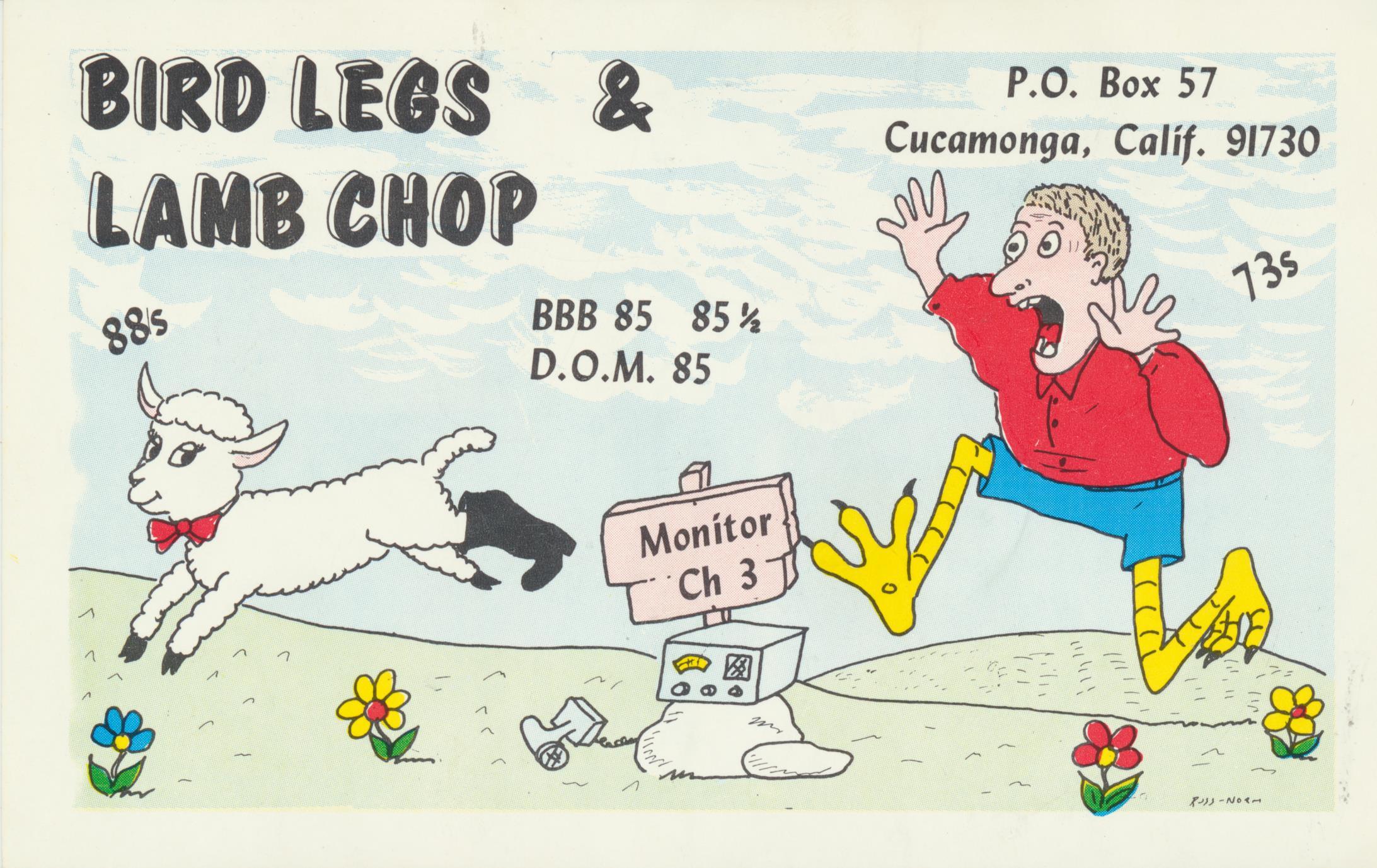
If you do so, use good card stock, not thin paper.
#Ham radio qsl cards professional#
Gloss finish professional cards are much nicer to receive but you can print your own cards. You can design your own cards many card suppliers will use your artwork. Using standard designs is easy and usually a number of customizations are available. Standard QSL card size is 3½ by 5½” (90x140mm) on heavy stock but some hams favor an odd size card which makes mailing awkward.Ĭards can be purchased from any number of suppliers (a few listed below). But it’s more common to enclose them in a larger envelope, particularly when including SAE or SASE for return. When mailing, cards can be sent naked at the lower postcard rate.

In addition to the basic info, hams often include grid square, email, and logos/affiliations. eQSL might really take off if it became inter-operable with LoTW but that may be years off, if ever.įrustratingly, some hams do cards only, or they do not QSL at all (boo! don’t be that guy.)Īuthor’s card is shown below for example, front and back: It is popular but not as widely used (only 58% confirmed for me). It is designed to be the fastest, easiest, and cheapest way to exchange QSO confirmations, eliminating the cost and time that regular QSL cards have required for the past half century.” While that may be true, eQSL is not (as of this writing) accepted by LoTW or QRZ for credit. They are “the first and only global electronic QSL card exchange for amateur radio operators and SWLs. The third non-card method for QSO confirmation is eQSL, termed The electronic QSL Card Centre. Awards are numerous (continents, countries, states, counties, and grid squares by mode and band) and automatically tabulated.īetween LoTW and QRZ the author has a 85% of his contacts confirmed so these are the two biggies (for him, at least). Can easily be linked to other logging programs as well as LoTW.īonus is that a LoTW QSL imports as a QRZ QSL, so even if the other station doesn’t use QRZ you can get credit if they use LoTW. QSLs are automatically shown when a matching contact is entered by the other party. ARRL awards are highly prized, especially DXCC and WAS, although you don’t have to use LoTW for awards- you can also use QSL cards.Īnother good QSL resource is your logbook on QRZ.com.

You can also view your awards status (countries, states, zones, prefixes, modes, bands) and apply for eligible awards and endorsements. You can view your uploaded QSOs and matching QSLs on LoTW. LoTW Getting Started site is here and an excellent 3rd party user guide is here. This system was developed with tight security as a replacement for QSL cards. Most significant is the ARRL’s Logbook of the World (LoTW). Non-card QSLs are all electronic in nature, exchanged via internet connection in some manner. Alternate methods of providing a QSL have arisen out of the need for keeping costs down. Bureau (BURO) services to send/receive cards internationally reduces cost somewhat but is still pricey and response time is generally slow (months to years). While the cost of printing the cards is not so bad, postage adds up, particularly when sending internationally.
#Ham radio qsl cards how to#
You can determine how to exchange QSLs with a particular station from their QRZ profile if they have one set up (most active hams do).ĭetails about QSL cards are given further below. Good logging is essential for this and a QSL function is often supported by computer logging utilities. Information in the QSL should include the station call signs, date and time (UTC), band/frequency, mode, signal report, and sender’s location details. This may not matter to you but many other hams are eager for your QSL, particularly if they are requesting one.Īll hams should provide some form of QSL for all contacts except for routine local ones. Many cards are interesting or unique.īesides tradition, a sense of satisfaction, and general fun, QSO confirmation in the form of valid QSL is a basic requirement for most operating awards. Collecting cards is a fun aspect of ham radio. Some hams still do send out QSL cards, or send them in reply or if requested.

Early on this was done mainly with postcards. The term QSL now more commonly means to confirm a radio contact. Today you may hear a ham speak or write QSL to let you know they received something. Back in the early 1900s when passing messages was a main function of amateur radio (whence the Amateur Radio Relay League or ARRL), the term QSL made a lot of sense.
#Ham radio qsl cards code#
QSL is an old brevity code meaning, “I acknowledge receipt”. The final courtesy of a radio contact is acknowledgement of the QSO (radio contact).


 0 kommentar(er)
0 kommentar(er)
